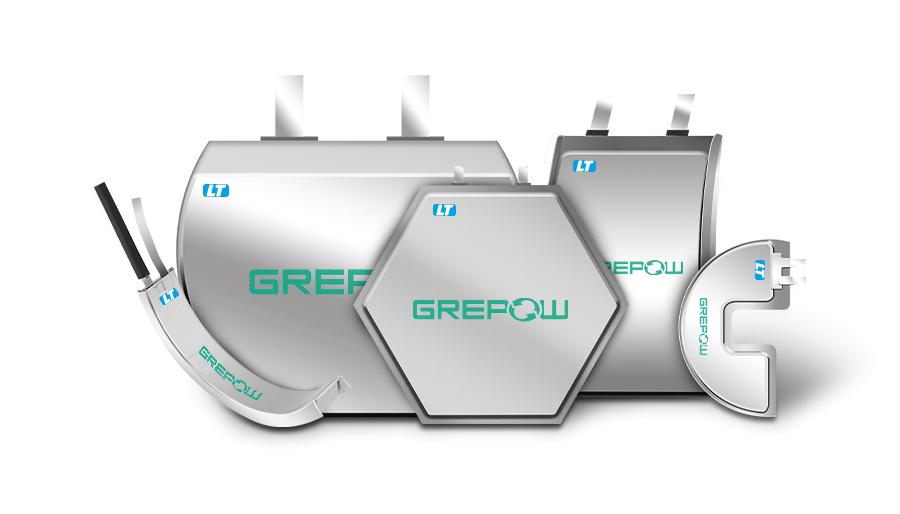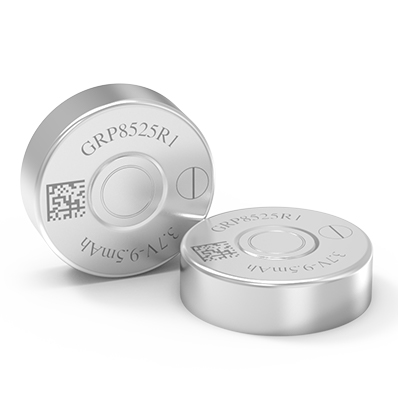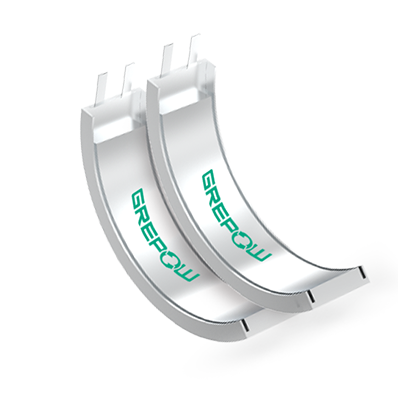Coin Cell vs Button Cell vs Pouch Cell: Understanding the Differences
In the world of batteries, various types cater to different needs, from compact electronics to high-performance applications. Coin cells, button cells, and pouch cells are among the most commonly used types, each offering unique characteristics and applications.

What is a Coin Cell?
A coin cell, also known as a watch battery due to its frequent use in watches, is a small, round battery typically composed of a metal casing containing the electrode materials and the electrolyte. These batteries are often sealed to prevent leakage and are known for their compact size and reliability in low-power devices such as calculators, watches, and small medical devices.
What is a Button Cell?
Similar to coin cells, button cells are small, round batteries encased in metal with the electrode materials and electrolyte inside. The key difference lies in their application and size variations. Button cells are used in a wide range of applications, including hearing aids, remote controls, and small electronic devices. They come in different sizes and are known for their stable voltage output over time.
What is a Pouch Cell?
Pouch cells, also known as flexible batteries, diverge in design from coin and button cells. They consist of flexible packaging materials such as aluminum laminated films that house the electrodes and electrolyte. Pouch cells are lightweight, compact, and offer higher energy densities compared to their rigid counterparts. They are commonly used in applications requiring high energy density and custom shapes, such as smartphones, tablets, and electric vehicles.

Coin Cell vs Button Cell vs Pouch Cell: What's the Difference?
Coin cells and button cells are small, round batteries often used in low-power applications, but they differ in size and thickness. Coin cells are typically larger and thinner compared to button cells. Pouch cells, on the other hand, are flexible and lightweight lithium-ion batteries used in high-capacity applications like smartphones and electric vehicles. The materials used, the enclosure type, and the applications they are suited for also differ among these three battery types.
| Feature | Coin Cell | Button Cell | Pouch Cell |
| Shape&Size | Larger and thinner | Smaller and thicker | Flexible and variablein size |
| Application | Low-power devices(e.g., watchescalculators) | Low-power devices(e.g., hearing aidsmedical devices) | High-capacityapplications(e.g.smartphones,EVs) |
| Materials | Lithium, alkalinesilver oxide | Lithium, alkalinesilver oxide | Lithium-ion |
| Enclosure | Rigid metal casing | Rigid metal casing | Flexible pouch |
| Energy Density | High | Moderate | High |
| Flexibility | Rigid | Rigid | Flexible |
Advantages and Disadvantages of Coin, Button and Pouch Cell
Coin Cell
●Advantages: Compact size, reliable performance in low-power devices.
●Disadvantages: Lower energy density, non-rechargeable in most cases.
Button Cell
●Advantages: Versatile applications, stable voltage output.
●Disadvantages: Limited energy capacity, typically non-rechargeable.
Pouch Cell
●Advantages: High energy density, lightweight, customizable shapes.
●Disadvantages: More expensive, less mechanically robust than rigid cells.
FAQ
Can coin cells be recharged?
Most coin cells are non-rechargeable. However, there are some rechargeable variants, usually labeled as LIR (Lithium-Ion Rechargeable).
How to recharge a button cell battery?
Recharging a button cell is not typically recommended unless it is specifically designed to be rechargeable, such as some lithium-ion button cells. Attempting to recharge non-rechargeable button cells can be dangerous.
Rechargeable Coin Cell vs Non-Rechargeable Coin Cell: What's the Difference?
When selecting a coin cell battery for your devices, it's crucial to understand the differences between rechargeable and non-rechargeable options. Rechargeable coin cells, often based on lithium-ion technology, are designed for applications that require frequent battery replacement and recharging, making them ideal for high-usage devices. Non-rechargeable coin cells, on the other hand, use chemistries like lithium, alkaline, or silver oxide, providing long shelf life and stable voltage, suitable for low-power, long-duration applications. Key differences include lifespan, capacity, cost, and environmental impact. If you have any questions or needs about our button cell batteries, please feel free to contact us at info@grepow.com.
| Feature | Rechargeable Coin Cell | Non-Rechargeable Coin Cell |
| Chemistry | Lithium-ion | Lithium,Alkaline, SilverOxide |
| Cycle Life | Multiple charge and dischargecycles | Single use |
| Shelf Life | Shorter (self-discharge overtime) | Long (up to 10 years ormore) |
| Capacity | High, but decreases with cycles | Stable and typically high |
| Cost | Higher initial cost, lower longterm cost | Lower initial cost, higherlong-term cost due toreplacements |
| Applications | Devices requiring frequentbattery changes (e.g, wearables, wireless sensors) | Low-power long-term usedevices (e.g, watches, calculators) |
| Environmental Impact | Requires proper recycling | Needs recycling to avoidenvironmentalharm |
What's the lifespan of coin cells?
The lifespan of coin cells varies depending on usage and the specific type. Generally, they can last between 3 to 10 years in storage, with lithium coin cells often having the longest lifespan.
Related Articles
-

Join Grepow at AAA 2025+HearTECH Expo
2025-03-17 -

Join Grepow at EUHA 2024: Discover Our GRP7854 Series Hearing Aid Batteries
2024-09-25 -

What Is a LIR1254 Button Cell Battery?
2024-09-24
Related products
-

GRP2440R1 Rechargeable Lithium-Ion Coin Cell Battery
-

GRP8525R1 Rechargeable Lithium-Ion Coin Cell Battery
-

Pouch D Shaped Lipo Battery
-

Pouch Ultra Narrow Lipo Battery
-

Pouch Round Lipo Battery
-

Pouch Curved Lipo Battery
-

Pouch Ultra Thin Lipo Battery
















































